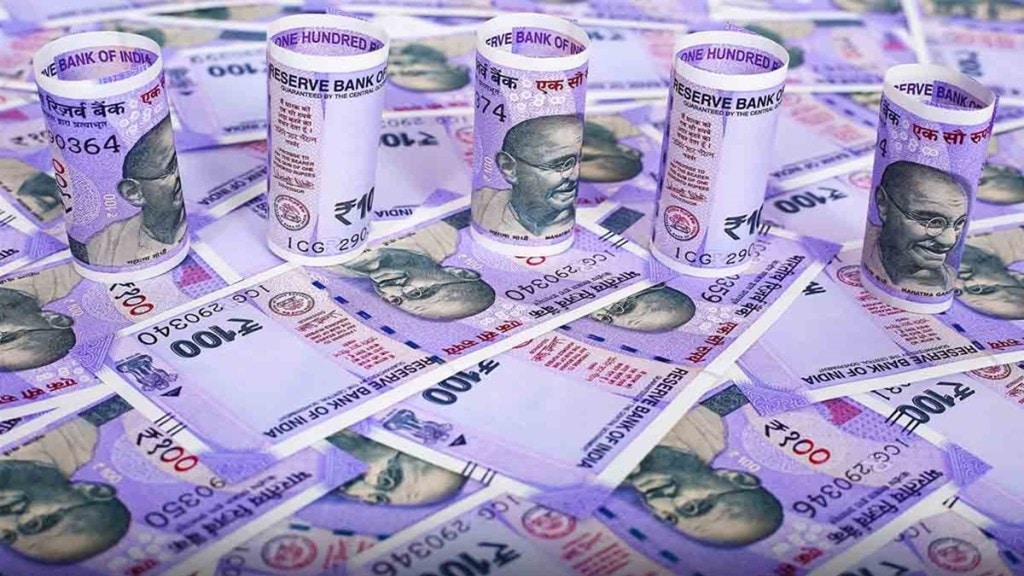The optimism of the research team at the Reserve Bank of India on the Indian economy and its ability to grow at close to 7% next fiscal is perplexing. The forecast is way above the Economic Survey’s 6.5% and also those of other economists who are estimating at a growth of sub-6%. While one could argue that the Survey’s forecast was made ahead of the Budget announcement, there have been virtually no upgrades by economists to their projections post the Budget. There is no doubt that Budget FY24 provides an impetus to growth by making significant outlays for capital expenditure. Moreover, the changes in the new income tax regime frees up cash of around Rs 35,000 crore in the hands of households. Therefore, a tax multiplier of 1.16 would boost the gross domestic product (GDP) by 15 basis points. However, it is also possible that households might choose to save some of this. They might also opt to replenish their depleted savings, especially at a time when interest rates are rising.
The RBI researchers reckon the increased allocation of `3.2 trillion capex in FY24 should generate additional output of `10.3 trillion; it points out the multiplier effect would be significantly higher than that for taxes, going up to 3.25% in the fourth year. While this is true, the government must be able to achieve the targets, which are much higher than in FY23. In general, economists point out that the fiscal impulse from the Budget is not high even though capex has been prioritised over revenue expenditure. The much lower growth in revenue expenditure has meant that as a share of the GDP, the size of the FY24 Budget is a shade under 15% compared with 15.3% in FY23. Also, while fiscal consolidation may free up resources, the private sector is unlikely to invest without better visibility on consumption.
Right now, consumption is subdued, impacted by elevated inflation. Even if inflation moderates, and RBI ends the tightening cycle, the absolute level of prices will stay high. These price levels are likely to be sticky even if RBI starts cutting policy rates in H2FY24. Consequently, unless incomes rise much faster than inflation—which they may not for the vast majority—consumers will be purchasing pretty much the same basket of goods. In this context, we must remember that real rural wages have contracted for 12 months in a row to November. Again, unemployment may have come off in January from 8.3% in December, as RBI points out. But this is largely a seasonal phenomenon, as reflected in the data for five of the last six years. Besides, while unemployment may have come off its peak, it is still uncomfortably high.
The job market could worsen as exports, which account for about a fourth of the economy, slow. Merchandise exports have been contracting and are likely to do so for the foreseeable future. There is much hope on China’s re-opening, but the initial rebound is likely to be driven by the demand for services, which would be of little benefit to other Asian economies. The slowdown in the US economy hurts Asia’s exports, including India’s as seen in the much weaker demand for gems and jewellery. In sum, the data shows activity may have peaked in mid-2022, and it could be a while before there is a meaningful pick up.

